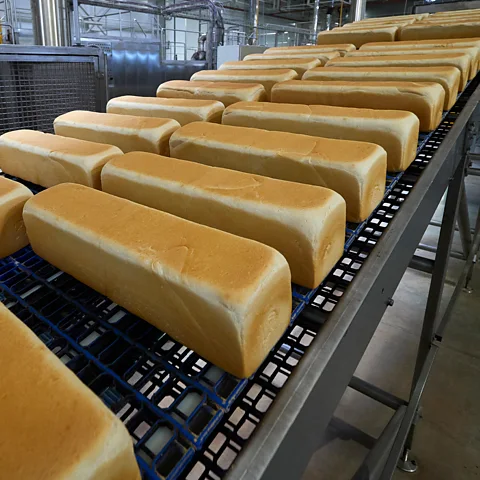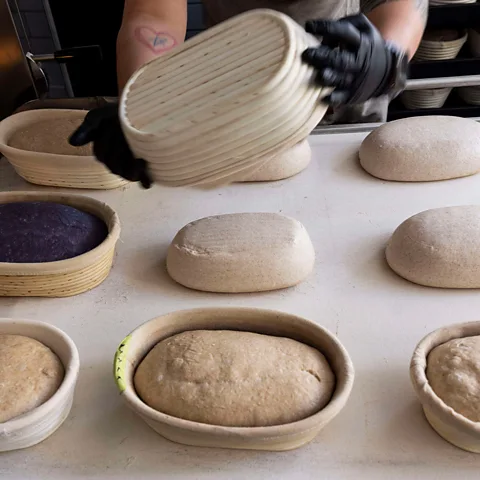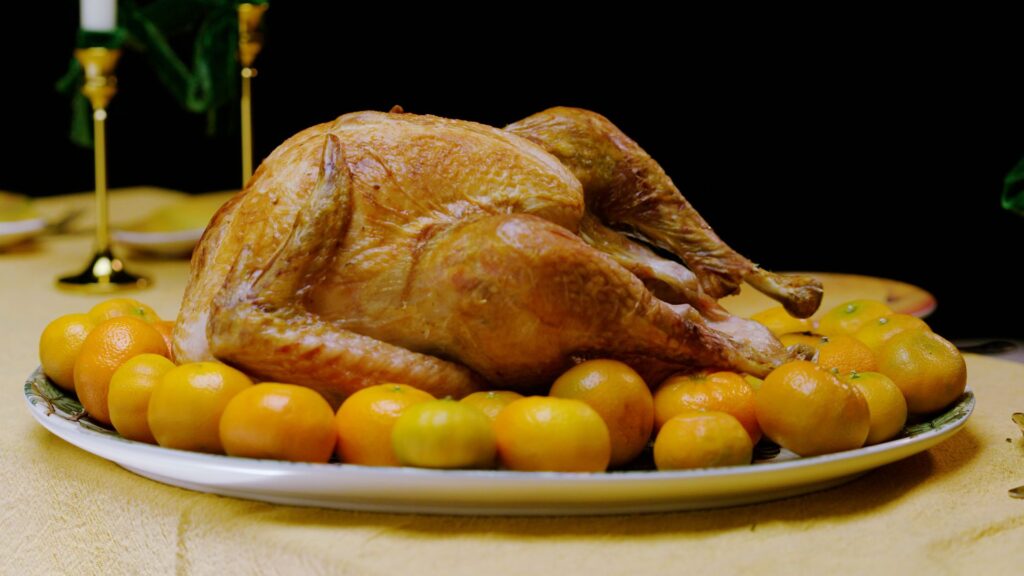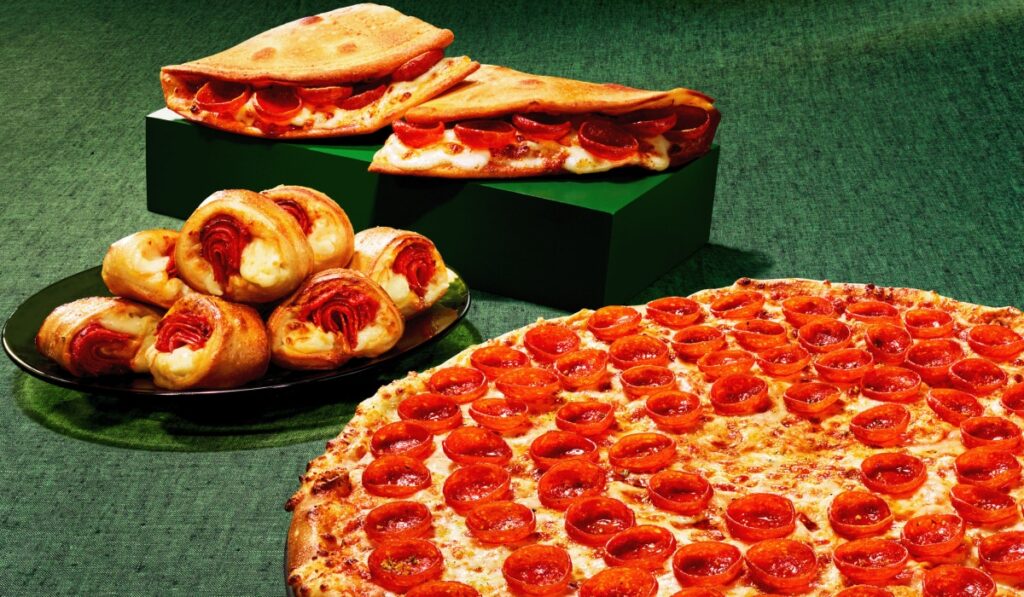Which Bread Is Healthiest? Sourdough vs Ultra-Processed Loaves
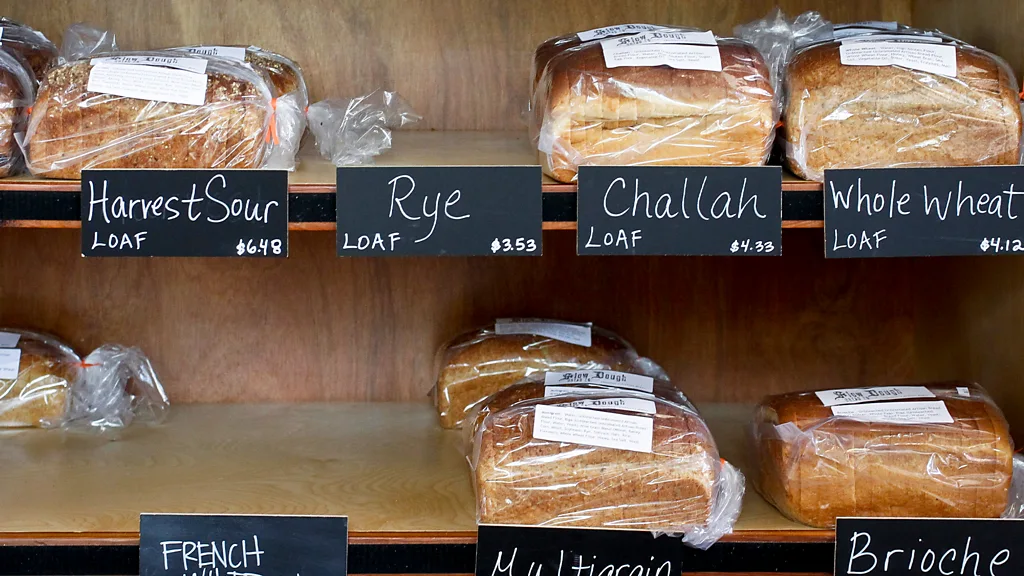
When it comes to bread, supermarkets have a dizzying array of choice. Yet the bread we eat can have a surprising impact on our health.
Like many of us, I started making sourdough during the Covid-19 lockdown in 2020. My colleagues at the BBC published a step-by-step guide, and I – alongside thousands of others – gave it a go. I must confess I didn’t start completely from scratch as a friend gifted me some of her starter – the live mixture of wild yeast and bacteria which help bread to rise. After many failed attempts it became not only edible, but delicious. I don’t have a very precise method, but it usually turns out OK.
At first, I carried on making bread because it was tasty, but after learning more about the health concerns around ultra-processed foods (UPFs) – which often contain added salt, sugar, fat, and industrial chemical additives – I felt determined to keep going. Not only did my bread taste better than supermarket offerings, but it was free of those ultra-processed food (UPF) ingredients that scientists warn aren’t particularly good for us. Five years on, my starter is still thriving and used regularly.
However, not all of us have time to bake our own bread every day. Artisan sourdough can also be extremely expensive. In comparison, supermarket bread is cheap and convenient. But given that there are so many options in the supermarket, it can be difficult to know what’s best to eat. So which bread is the healthiest, and what should we look out for when buying a loaf?
The Chorleywood method
In the late 1950s, scientists at the Chorleywood factory in the UK developed a method to produce dough much faster than before. They added hard fats, additional yeast and chemicals such as enzymes, oxidants (to strengthen the dough) and emulsifiers (which helps other chemicals combine), then mixed their recipe together at high speed.
This innovative new technique made bread quicker and cheaper to produce using low-protein British wheat. The extra additives such as emulsifiers gave the bread longer-shelf life too, which is why today about 80% of the loaves we eat are still made using the Chorleywood method.
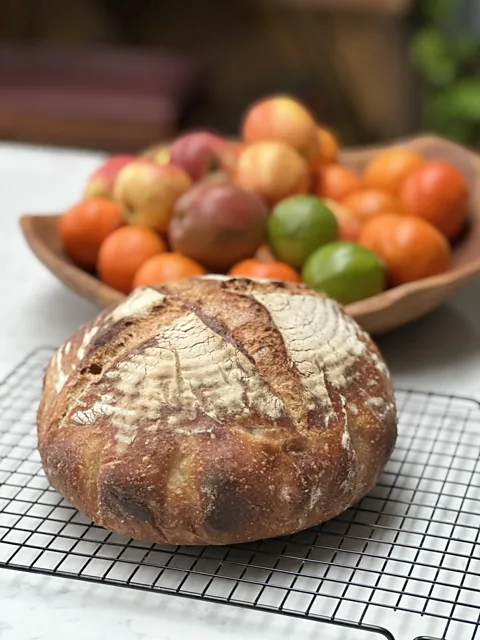
Melissa Hogenboom
Many people – including the author – turned to sourdough during the first year of the Covid-19 pandemic (Credit: Melissa Hogenboom)
Although the Chorleywood process was initially developed as a way to help small bakers compete with bigger industrial bakeries, it backfired. Despite the intentions of the scientists behind it, large industrial bakers adopted the process too, putting smaller bakeries out of business.
Sourdough
If the Chorleywood method produces quick, spongey loaves, sourdough bread is on the slower end of the bread-baking scale.
To make almost any risen bread (one that uses yeast or bacteria to create bubbles of gas), there are several essential steps involved. First the ingredients are mixed, then kneaded – this helps the gluten to form an elastic dough – followed by the first rise, which is where the dough is left, usually in a warm, humid environment, for the yeast to break down sugars and create pockets of carbon dioxide. After this, the bread will either be baked immediately or worked again to shape it into its final form, such as a baton or a baguette, and allowed to rise again. During this second step of fermentation, the yeast will form smaller bubbles of air, which improves the structure of the final loaf. Then the bread is ready for baking.
When I make bread, the final rise (called proofing) happens in the fridge overnight, which slows down the fermentation process, enhancing the flavour. This also means that the entire process, from activating my starter – where it is mixed with flour and water, and allowed to wake up before it’s used – to taking the bread out of the oven, can take as long as 36 hours.
Some studies have found that people feel less hungry after eating sourdough baked goods compared to other breads
In its most basic form, the ingredients of sourdough are flour, salt, and water mixed with a sourdough starter – usually a mixture of bacteria and yeast – which acts as a natural raising agent. Those of us who eat it tend to love the taste, but what’s even better are the health benefits.

Getty Images
Before the Chorleywood method was devised in the 1950s, baking bread was a much more laborious process (Credit: Getty Images)
Sourdough can be easier to digest than other breads as the slow fermentation process breaks down the protein and makes the vitamins and minerals easier for our body to absorb. As sourdough ferments, its natural lactic acid bacteria break down carbohydrates in the flour. This process significantly reduces the amount of hard-to-digest sugars known as fermentable oligosaccharides, disaccharides, monosaccharides and polyols (fodmaps).
At the same time, the fibre and healthy compounds called polyphenols provide important fuel for our gut microbes. Similarly, the slow fermentation process makes it helpful for those who need to manage their blood sugar level. However, commercially available, (usually) yeast-based breads do have some benefits, including being fortified with certain vitamins and minerals.
Sourdough has also been found to keep you fuller for longer. Some studies have found that people feel less hungry after eating sourdough baked goods compared to other breads. Others though, didn’t find any difference.
Ultra-processed bread?
Today, many breads found on supermarket shelves baked using the Chorleywood method are defined as UPFs, due to the chemicals and emulsifiers added to them. For example, in some countries, such as the US, processed bread may contain the additive potassium bromate, which helps bread to retain carbon dioxide and leads to larger loaves. However, it is considered a possible carcinogen in humans.
In the UK about 54% of the calories we consume are in the form of ultra-processed foods, according to a 2020 study. The figure is similar in the US, though estimates vary. It can be hard to identify what a UPF ingredient is, so a rule-of-thumb many academics advise is this: if the food contains five or more ingredients, as well as ingredients you wouldn’t have in your own kitchen, it’s likely to be UPF.
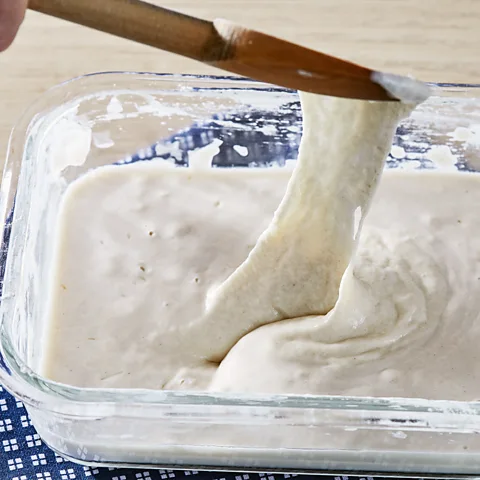
Getty Images
The extra time it takes to make sourdough means the bread is much more nutritious than industrially produced breads (Credit: Getty Images)
: 185
